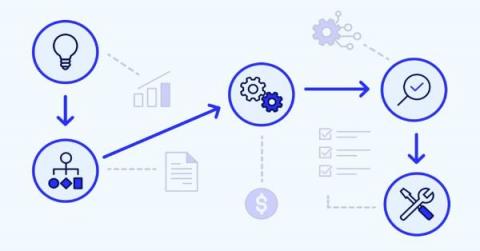Automated Claims Management: 3 Pillars of Success
Leading insurers are prioritizing claims process automation. Why? Because expenses related to preparing, processing, paying, and adjusting claims represent the most significant share of an insurer's operating costs. Even more than that, 87% of policyholders say the claims experience directly impacts their decision to stay with an insurance provider. But for many insurers, complex workflows, siloed data, and disparate systems have turned the claims process into a painful customer experience.











